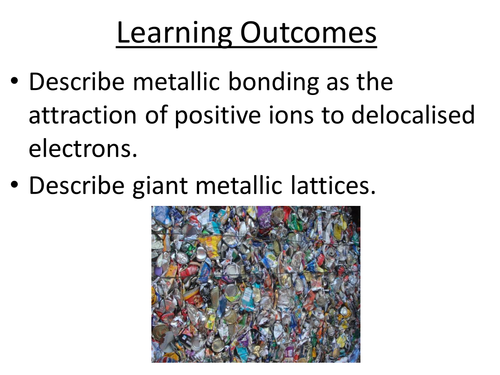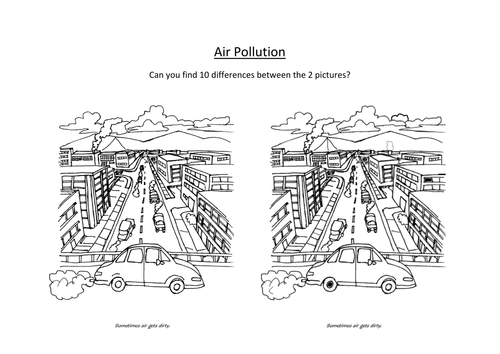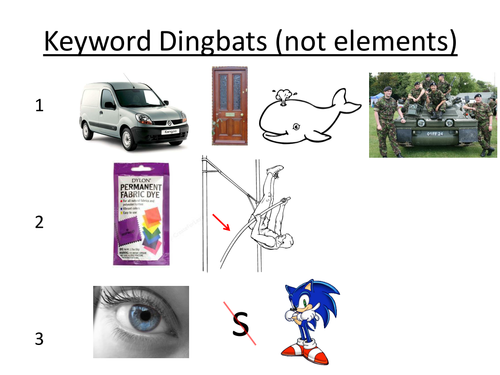Teach Chemistry
Qualified Chemistry teacher, passionate about making engaging activities that help pupils understand and remember key Chemistry concepts. I have also produced Biology, Physics and Maths resources. 11 years of teaching experience. Follow me on Twitter for lots of teaching ideas.











